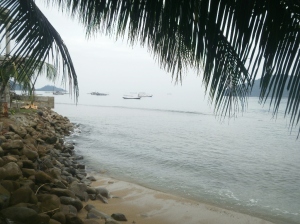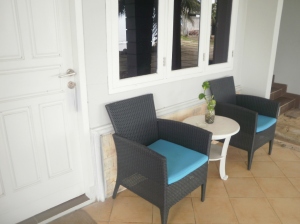
SPECIAL FOR JANUARY TO MARCH 2016
Khusus untuk Januari s/d Maret 2016
ASEAN Nationals (Indonesia, Malaysia, Singapore, Brunei, Laos, Kampuchea, Philippines, Myanmar, Vietnam, Thailand) can get a 15% discount on published room rates. Mention this site when you book through our email : hotelcaverybeach@gmail, or hotel_caverybungus@yahoo.com also when you call us at +62 751751665.
Warganegara Indonesia, Malaysia, Singapore, Brunei, Laos, Cambodia, Philippines, Myanmar, Vietnam, Thailand bisa mendapatkan diskon 15% dari harga resmi kamar, bila anda membuat reservasi atau booking dengan menyebut situs ini. Booking bisa melalui email : hotelcaverybeach@gmail.com atau hotel_caverybungus@yahoo.com atau telpon ke +62 751-751665.
Presently our published room rates are :
Harga Resmi kita saat ini adalah
Standard – Rp. 350.000,-
Superior – Rp. 450.000,-
Deluxe – Rp. 550.000,-
Cottage – Rp. 600.000,-
Discounted rates are for Room Only and payment before check-in is required. Should you need airport transfer, you can request for it, providing us your flight number and Estimated Time Arrival (ETA) at Rp. 250.000,- / per car one-way Airport to Hotel or Hotel to Airport.
Harga yang telah di diskon hanya untuk kamar saja tanpa sarapan pagi dan pembayaran dimuka sebelum cek-in harus dilakukan. Bila anda memberikan nomor penerbangan dan jam kedatangan, kami bisa menyediakan penjemputan dari bandara dengan biaya Rp, 250.000,- / per kendaraan maksimum 4 orang. Biaya pengantaran ke Bandara juga dikenakan Rp. 250.000,-/ per kendaraan.
Because we are still developing our facilities, these are the details :
Karena hotel kami masih dalam pengembangan fasilitas, maka ini rinciannya :
- no hot water yet – belum ada air panas
- restaurant under construction, meeting rooms under construction – restoran dan ruang meeting sedang dalam pembangunan
- rooms with TV, built-in bathroom/shower, spring bed, air conditioner, writing table, wardrobe. – di kamar ada TV, ranjang spring bed, kamar mandi, meja, lemari dan AC
- Standard Rooms with garden view, others sea view – Kamar Standard menghadap taman, yang lainnya menghadap laut
- All Rooms non-smoking – Dilarang merokok di semua kamar
- Terrace – Teras
- Car Park – Parkir mobil
- WIFI only in Front Office – WIFI hanya ada di Kantor Depan
- Simple Breakfast (fried rice or fried noodles) – Sarapan pagi sederhana (nasi goreng atau mir goreng)








